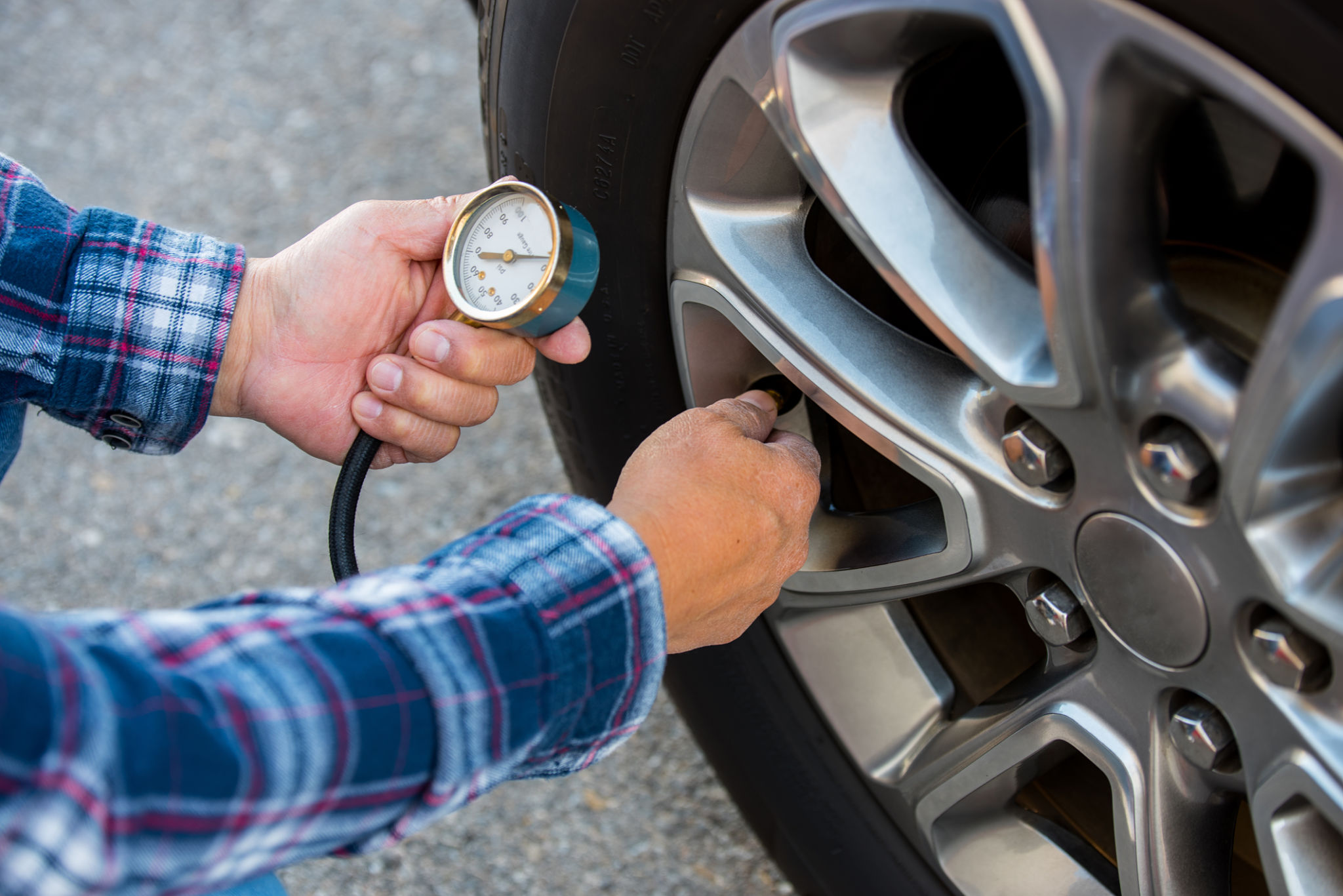Why Your Vehicle Might Be Pulling to One Side and How to Fix It
Experiencing your vehicle pulling to one side can be a frustrating and potentially dangerous situation. This issue not only affects your driving comfort but can also lead to uneven tire wear and decreased fuel efficiency. Understanding the underlying causes and knowing how to address them is essential for safe driving.

Common Causes of Vehicle Pulling
Wheel Alignment Issues
One of the most common reasons for a vehicle pulling to one side is improper wheel alignment. When your wheels are not aligned correctly, they can cause your car to drift to the left or right. This misalignment can occur due to hitting a curb, driving over potholes, or general wear and tear over time. Ensuring your wheels are aligned correctly is crucial for maintaining control over your vehicle.
Uneven Tire Pressure
Tire pressure plays a significant role in how your vehicle handles. If one tire is under-inflated compared to the others, it can cause the car to pull toward the side with less pressure. Regularly checking your tire pressure and ensuring all tires are inflated to the manufacturer's recommended levels can help prevent this issue.

How to Fix a Vehicle Pulling to One Side
Check and Adjust Tire Pressure
The first step in addressing a pulling issue is to check your tire pressure. Use a tire pressure gauge to measure the pressure in each tire and adjust as necessary. If you notice a consistent drop in pressure in one tire, it could indicate a leak or puncture that needs repair.
Get a Professional Wheel Alignment
If adjusting tire pressure doesn't resolve the issue, it's time to consider a professional wheel alignment. A certified technician will use specialized equipment to ensure your wheels are aligned according to manufacturer specifications. This service not only resolves pulling issues but also improves overall handling and extends tire life.

Inspect for Brake Drag
Brake drag occurs when one of your brakes is not fully releasing, causing the vehicle to pull to one side. This issue can arise from a malfunctioning caliper, pad, or brake line. If you suspect brake drag, it's essential to have your brake system inspected and repaired by a professional mechanic.
Preventive Measures
To avoid future alignment issues, practice careful driving habits. Avoid hitting curbs, drive carefully over potholes, and ensure regular vehicle maintenance. Regularly checking your tire pressure and scheduling routine alignments will keep your vehicle running smoothly and safely.
By addressing these common causes and taking corrective actions, you can ensure your vehicle performs optimally and safely on the road. Remember, if you ever feel uncertain about diagnosing or fixing these issues yourself, it's always best to consult with a professional mechanic.